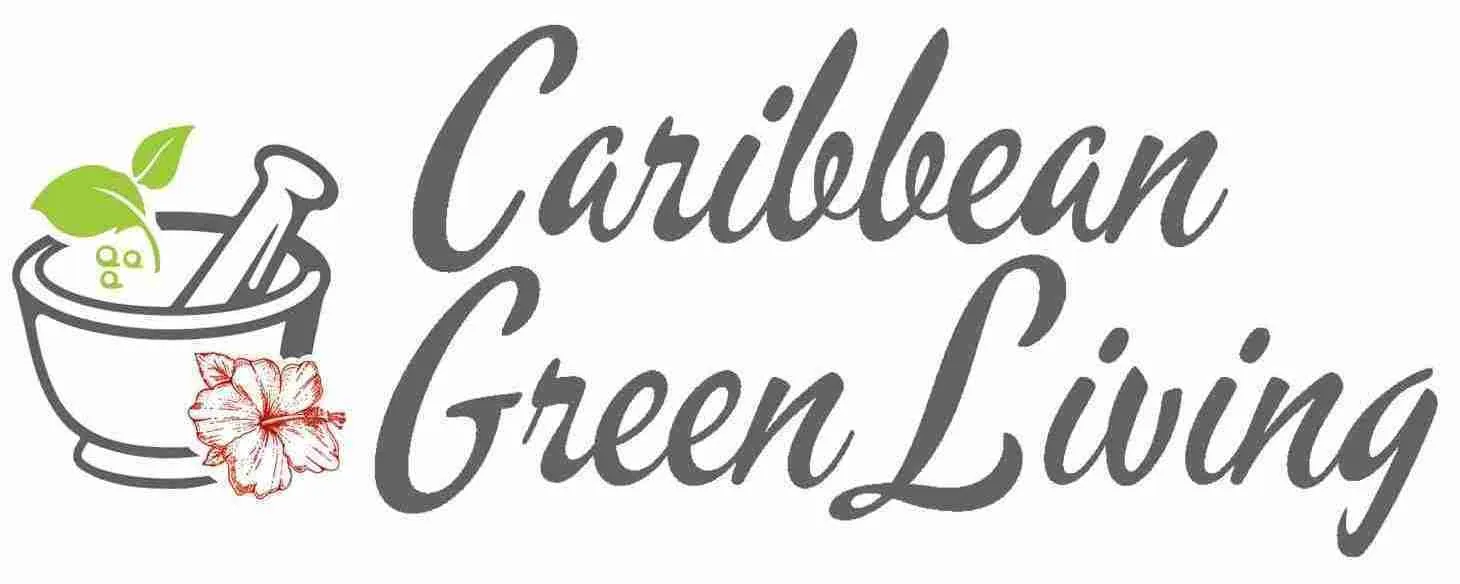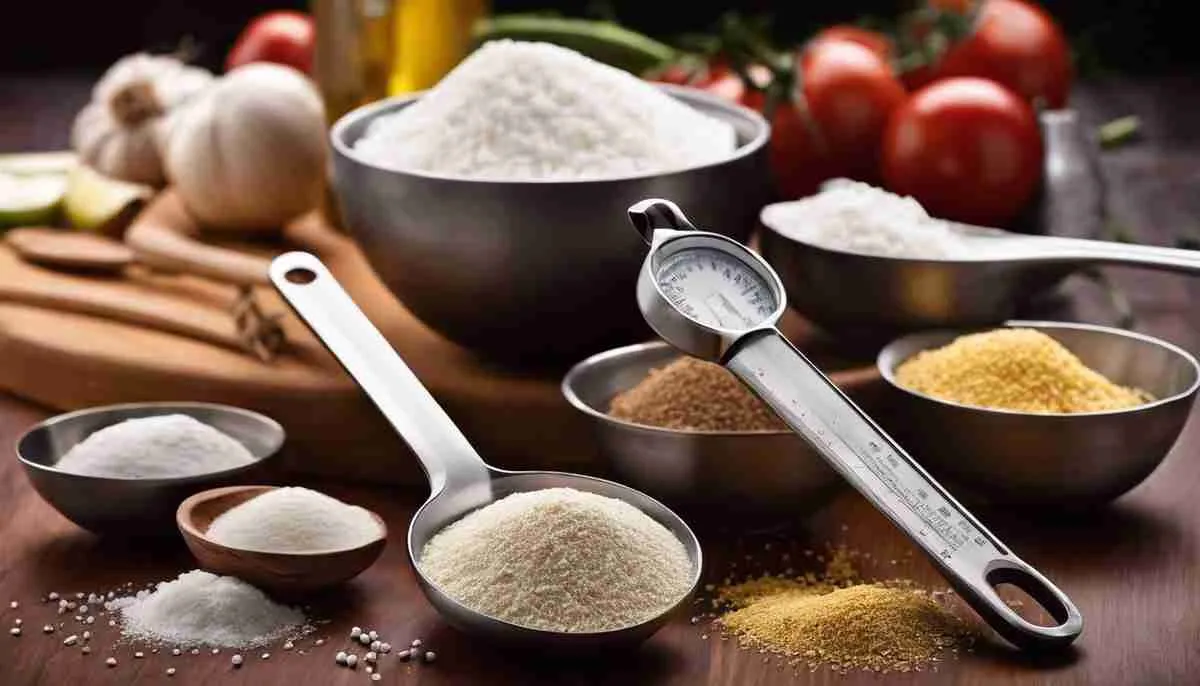Cassava Bread: History, Benefits, How to Make It, and Where to Buy
Cassava bread is a traditional flatbread made from the root vegetable cassava (also known as yuca or manioc). It is a staple food in many parts of the world, including Latin America, Africa, and the Caribbean. Cassava bread is naturally gluten-free and has a slightly sweet, nutty flavor. It is also a good source of fiber and carbohydrates.
Cassava bread is made by peeling, grating, and pressing the cassava root to remove the poisonous juice. The pulp is then dried and ground into flour. The flour is mixed with water and sometimes other ingredients, such as salt, eggs, or milk. The dough is then rolled out and cooked on a griddle or pan.
Cassava bread can be eaten plain or used to make sandwiches, wraps, and other dishes. It is also often served with soups, stews, and other main courses.
Cassava bread resembles a big cracker. Made with manioc or yuca, it is very rich in starch. Cassava bread is considered a breakfast, supper, and snack food.
History of Cassava Bread
Cassava bread has been eaten for centuries by indigenous peoples around the world. The Taino people of the Caribbean were among the first to make cassava bread. They would often use it as a staple food and for religious rituals.
Cassava bread was also introduced to Europe by Spanish and Portuguese explorers in the 15th century. It quickly became popular in many parts of Europe, including Spain, Portugal, and Italy. Cassava bread was also brought to Africa by enslaved people from the Caribbean and South America.
Today, cassava bread is still a popular food in many parts of the world. It is particularly popular in Latin America, Africa, and the Caribbean. Cassava bread is also becoming increasingly popular in other parts of the world, such as the United States and Europe.
Cassava is the third most important source of calories in the tropics, after rice and corn.
How Cassava Bread is Made
The process of making cassava bread involves peeling, grating, and pressing the cassava root to remove its toxic juice. The remaining pulp is dried and ground into flour. This flour is mixed with water and sometimes other ingredients like salt, eggs, or milk before being rolled out and cooked on a griddle or pan. Cassava bread resembles a large cracker and is rich in starch. It is enjoyed at breakfast, as a snack, or as part of a meal. It can be eaten plain or used for sandwiches, wraps, or as an accompaniment to soups and stews.
What Plant/Root is Used for Cassava Bread?
Cassava bread is made from the cassava plant, scientifically known as Manihot esculenta. This root vegetable is widely cultivated in tropical and subtropical regions. The cassava root has brown, fibrous skin and a snowy white interior. It must be cooked before consumption, as raw cassava is toxic due to its naturally occurring cyanogenic glycosides.
Other Names for the Cassava Plant
Cassava is known by various names across different regions. It is sometimes referred to as yuca, manioc, mandioca, casabe, or tapioca. The cassava root has a brown, fibrous skin and a snowy white interior. It must be cooked before consumption, as raw cassava is toxic.

Cassava Farming and Sustainability
Cassava is a resilient crop that thrives in poor soil conditions with minimal water, making it a valuable food source in regions prone to drought. Its ability to grow in challenging environments contributes to food security in many parts of the world. However, large-scale cassava farming can pose sustainability challenges, such as soil degradation and deforestation. Sustainable farming practices, including crop rotation and organic farming methods, can help mitigate these issues.
Potential Health Risks and Considerations
While cassava is a nutritious food, it must be properly prepared to remove toxic compounds. Raw cassava contains cyanogenic glycosides, which can release cyanide if not processed correctly. To ensure safety:
- Always peel, grate, soak, and cook cassava before consumption.
- Avoid consuming bitter cassava varieties unless they have been thoroughly processed.
- People with thyroid issues should moderate cassava intake, as excessive consumption may affect iodine absorption.
Despite these considerations, properly prepared cassava bread remains a healthy and versatile gluten-free option enjoyed worldwide.
Types of Cassava Bread Around the World
Cassava bread has several variations across different cultures, including:
- Bammy (Jamaica): A small, dense cassava flatbread, traditionally served with fish or other proteins.
- Casabe (Caribbean): A thin, crisp, cracker-like bread, often enjoyed with butter or cheese.
- Beiju (Brazil): A thicker cassava-based bread, sometimes stuffed with various fillings.
Benefits of Cassava Bread
Cassava bread is a nutritious alternative to wheat-based bread. It offers several health benefits:
- Gluten-free: Ideal for individuals with celiac disease or gluten intolerance.
- Low in fat: A healthy option for those managing weight or cholesterol levels.
- Rich in fiber: Supports digestive health and may help lower cholesterol.
- Good source of carbohydrates: Provides energy.
- Contains resistant starch: This type of starch aids gut health, reduces inflammation, and supports immune function.
Cassava Bread vs. Other Gluten-Free Breads
How does cassava bread compare to other gluten-free alternatives?
- Cassava Bread vs. Almond Flour Bread: Almond flour is higher in protein and fat, whereas cassava bread is primarily a source of carbohydrates.
- Cassava Bread vs. Rice Flour Bread: Rice flour breads can be denser, while cassava bread remains light and crisp.
- Cassava Bread vs. Coconut Flour Bread: Coconut flour is more absorbent, requiring more eggs or liquid in recipes, whereas cassava flour behaves more like traditional wheat flour.
Where to Buy Cassava
Cassava-based products, including flour, chips, and bread, are available in Caribbean and Latin markets and online, including Amazon. Fresh cassava roots are usually found in the vegetable section of these markets, often near potatoes. When selecting fresh cassava, look for firm roots with a waxy coating and avoid any soft or discolored spots.
In Haiti, cassava bread is commonly sold plain or mixed with grated coconut and is traditionally enjoyed with Haitian Hot Chocolate and Haitian Peanut Butter.
Is Cassava Bread a Good Substitute for Regular Bread?
Yes, cassava bread is an excellent substitute for wheat bread. It has a similar texture and taste but is naturally gluten-free and lower in fat. It pairs well with spreads, toppings, or fillings and can be toasted for added crispiness.
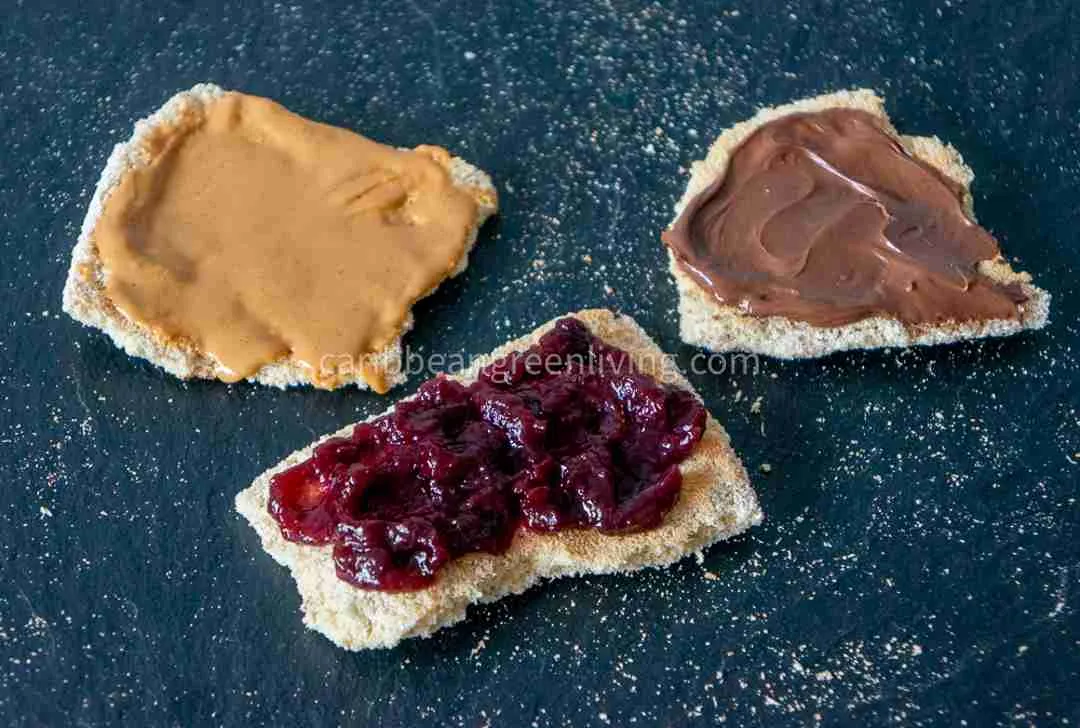
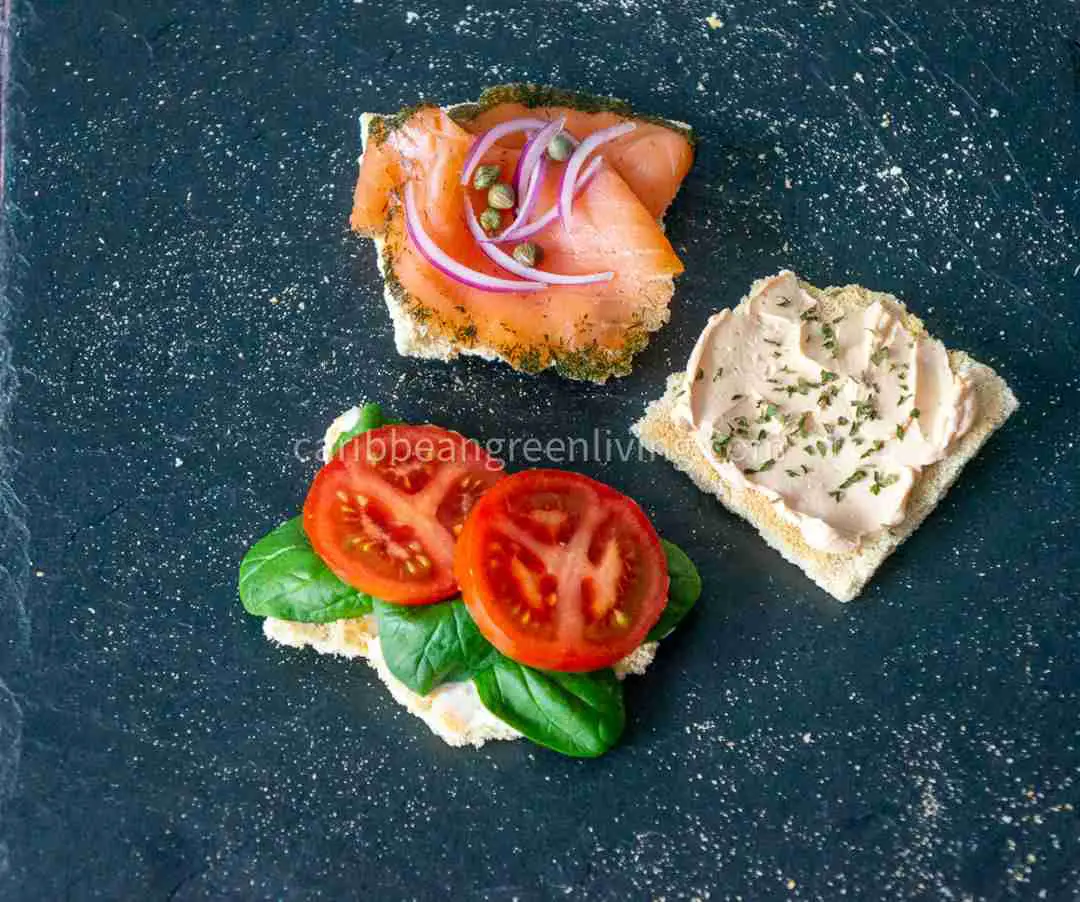
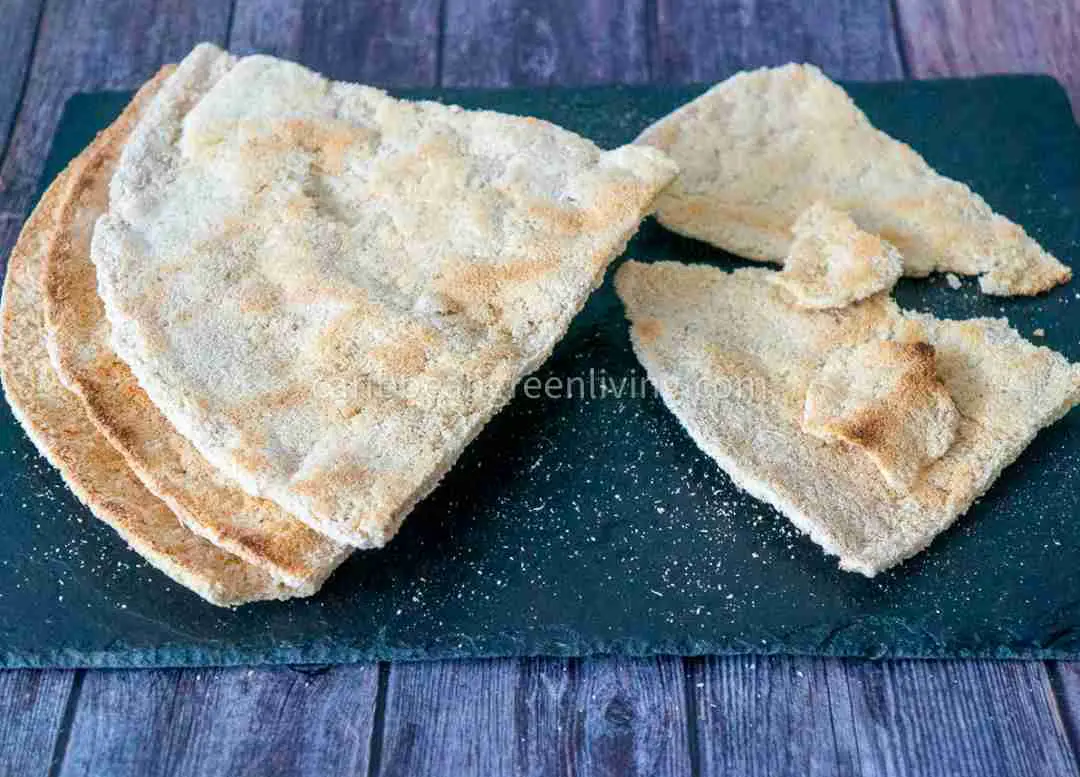
Toppings and Pairings
Cassava bread pairs well with a variety of toppings and accompaniments, including:
- Avocado and smoked salmon – A nutritious and flavorful combination.
- Nut butters (peanut, almond, or cashew) – Adds protein and healthy fats.
- Cheese and fruit preserves – A sweet and savory option.
- Scrambled eggs and vegetables – Ideal for a hearty breakfast.
Common Dishes Made with Cassava Flour
Cassava flour is highly versatile and used in various dishes, such as:
- Cassava bread: A traditional gluten-free flatbread.
- Funge: A porridge-like dish popular in West and Central Africa, served with soups and stews.
- Cassava pancakes: A gluten-free alternative to traditional pancakes.
- Cassava tortillas: Used for tacos, burritos, and other Mexican dishes.
- Cassava cookies: A gluten-free option for traditional cookies, which can include chocolate chips or nuts.
Can Cassava Bread Replace Dinner Rolls?
Yes, cassava bread can replace dinner rolls. It complements meals and can be served with soups, stews, or spreads. For added crispiness, toasting or warming in the oven enhances its texture.
Tips for Using Cassava Bread:
- Use additional filling when making sandwiches, as cassava bread is less absorbent than wheat bread.
- Toast it for a crispier texture.
- Store it in the freezer for up to three months and thaw as needed.
Storage Tips for Cassava Products
- Cassava root: Store unpeeled in a cool, dry place.
- Cassava bread: Keep in a plastic container or paper bag.
- Cassava chips: Store in a cool, dry place.
- Cassava flour: Keep in a sealed plastic or glass container in a dry place.
- Freezing cassava root: Peel, slice, and freeze for up to 2–3 weeks (note that fresh cassava has better flavor).
Serving Suggestions
This wonderful bread has a nutty taste and a slightly chewy texture. It pairs well with:
- Peanut butter and jelly
- Avocado or butter
- Spreadable cheese
- Smoked salmon or tuna
- Jam or jelly
- Spinach dip
- Chiquetaille (spicy shredded meat with peppers)
Cassava bread can also be made with additional ingredients like eggs, milk, or sugar. Herbs and spices can be added for extra flavor.
If you’re looking for a gluten-free and nutritious alternative to wheat bread, cassava bread is a great option. It’s easy to prepare and offers a delicious, slightly sweet taste.
Sources:
